Jiri to Everest Base Camp Trek in Nepal 2025
Posted by: gwtadmin on January 20, 2025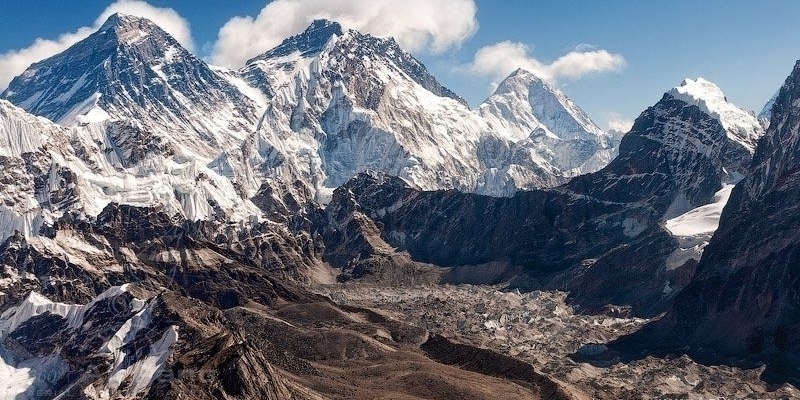
Jiri to Everest Base Camp Trek in Nepal
Jiri to Everest Base Camp Trek in Nepal is highly admired trekking route of Everest region. The Jiri to Everest Base Camp trekking route from Jiri to reach Everest Base camp is a historical trekking route which was used by Sir Edmund Hillary and Tenzing Norgay Sherpa in their expedition to climb the highest peak of the world i.e. Mount Everest for the first time. This remarkable adventurous route will lead you through different ascends and descends, plain trails to rough ways. You can enjoy beautifully terraced farmlands, green forests, classic middle-hill countryside and wild flora and fauna along the way.
This famous trekking route consists of rhododendron, pine, the forest as well as alpine forests, glacial rivers, prayer flags, mani stones, which are scattered all along the trails, and well-built suspension bridges as well. Jiri to Everest Base Camp Trek also offers simple conveniences and generous time to familiarizing the culture, traditions and life style of the local people.
After eight hours of scenic drive from Kathmandu to Jiri, our trek starts the next morning, by passing through the lower parts of Everest region which are comparatively less developed as compared to the northern side of Namche Bazaar. This assures trekkers to experience the traditions and cultures of local people. The trekking trails passes through numerous villages of different ethnic groups including the casts like Tamang, Brahmin, Chhetri, Sherpa, Jirel etc. Walking through many ups and downs with the trail, we will be serviced by a good tea houses and campsites in most of the village of this region.
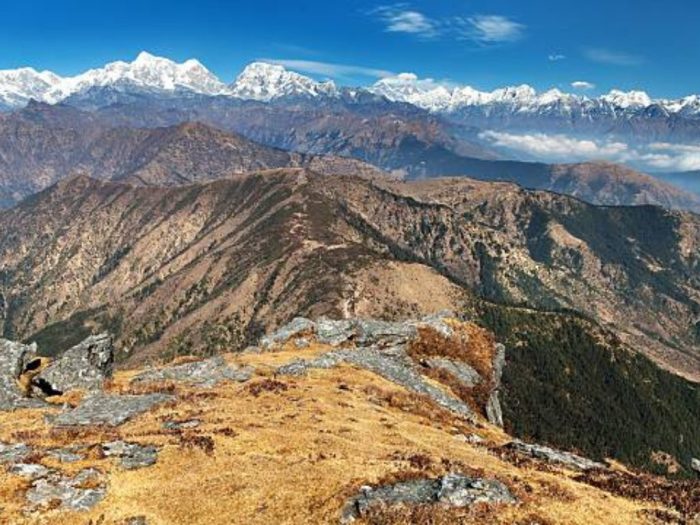
Trekking to Everest Base Camp is high on the bucket list of some serious trekkers around the world, who wants to enjoy the rich beauty of natural environment along with mountains and mountain peaks of this region. The scenery on this trek is different from alpine forests, beautiful Sherpa villages, and yak pastures to glacies, glacier-fed rivers crossed by supspension bridges and amazing Namche Bazaar.
The one of the major highlights of this region is to visit the famous Tengboche Monastery and Sagarmatha National Park. On the way to reach Everest Base Camp, the trails passes through the Khumbu Glacier, offering splendid views of Khumbu icefalls. The Everest view at Kalapatthar offers the best mountain views of Mount Everest, Mount Pumore and Ama Dablam
Trip Highlights
- Eight hours Scenic drive from Kathmandu to Jiri.
- You will be following the footprints of Tenzing Norgay Sherpa and Sir Edmund Hillary.
- Get familiar with the local peoples, their culture, traditions and life styles.
- You will enjoy the peaceful trails from Jiri which passes through diverse settlements of Brahmins, Chhetris, and Newari people.
- Climbing Gokyo Ri at an altitude of 5483 m.
- Crossing over Cho La Pass at 53,00m.
- You can also get chances to see extended pastures, and yak farms on the route to Everest Base Camp.
- Mesmerizing views of Khumbu Icefalls and Ngozumpa Glacier
- Climbing Kala Patthar at an altitude of 5555m.
- The World’s highest peak Mount Everest.
- Visit to Tengboche Monastery.
- Scenic flight from Lukla to Kathmandu.
Is the Everest Base Camp Trek via Jiri the right choice for me?
Deciding if the Everest Base Camp Trek via Jiri is the right choice for you depends on several factors such as your hiking experience, fitness level, time available, and preferences.
Here are some things to consider:
Physical Fitness: The trek to Everest Base Camp is challenging and requires a good level of physical fitness. The route via Jiri adds several days of trekking before reaching the main trail to Everest Base Camp, so you should be prepared for long days of walking and ascending/descending steep terrain.
Time: The trek via Jiri takes longer compared to flying into Lukla and starting the trek from there. You’ll need around 3 weeks or more for the entire journey, including the trek from Jiri to Lukla and then on to Everest Base Camp.
Scenery and Experience: The route via Jiri offers a more gradual acclimatization and allows you to experience the cultural diversity of the region as you pass through villages and forests. You’ll get a more immersive experience of the Himalayan lifestyle and landscape.
Crowds: Since the route via Jiri is less commonly taken, especially compared to flying into Lukla, you’ll encounter fewer trekkers along the trail. If you prefer a quieter trekking experience and a chance to interact more with locals, this could be a good option for you.
Challenge: Trekking via Jiri is generally considered more challenging due to the longer duration and the additional elevation gain and loss. If you’re up for a more physically demanding adventure and enjoy the sense of achievement that comes with it, this route could be rewarding.
Ultimately, if you’re looking for a more off-the-beaten-path experience, don’t mind the extra physical challenge, and have the time to spare, the Everest Base Camp Trek via Jiri could be a fantastic choice. Just make sure to adequately prepare, both physically and mentally, for the journey ahead.
Major Attractions of the Jiri to Everest Base Camp Trek
Strolling through the lower regions of Everest
As you trek through the lower regions, you’ll pass through charming Sherpa villages nestled amidst terraced fields and green hillsides. These villages, such as Phaplu, Junbesi, and Nunthala, offer a glimpse into the traditional way of life of the Sherpa people, known for their hospitality and rich cultural heritage.Take the time to interact with the locals, visit monasteries, and learn about the unique Sherpa culture and customs. You may have the opportunity to participate in traditional ceremonies or festivals if your trek coincides with any local events.The lower regions of Everest boast stunning natural beauty, with lush forests, cascading waterfalls, and panoramic views of the surrounding mountains. The landscape is dotted with rhododendron and pine forests, adding to the picturesque scenery.
The lower elevations are home to a diverse range of flora and fauna. Keep an eye out for colorful birds, such as Himalayan Monals and Danphe, as well as other wildlife like deer, yaks, and monkeys.Unlike the higher elevations where the terrain becomes more rugged and challenging, the trails in the lower regions are generally more gradual and easier to navigate. This makes for pleasant strolling, allowing you to soak in the scenery and enjoy the journey at a leisurely pace. Indulge in delicious Sherpa cuisine along the way, sampling traditional dishes such as Sherpa stew, momos (dumplings), and thukpa (noodle soup). Many teahouses and lodges in the lower regions offer hearty meals to fuel your trekking adventures.
Hiking in the Sagarmatha National park
Sagarmatha National Park boasts some of the world’s most spectacular mountain scenery, including Everest, Lhotse, Nuptse, Ama Dablam, and many other towering peaks. Hiking through the park allows you to marvel at these majestic giants from various vantage points along the trails.The park is traversed by several iconic trekking routes, including the Everest Base Camp Trek, Gokyo Lakes Trek, and Three Passes Trek. These trails take you through a variety of landscapes, from lush forests and alpine meadows to rugged mountain terrain and glacial valleys.Sagarmatha National Park is home to a diverse range of flora and fauna, adapted to the harsh mountain environment. Keep an eye out for Himalayan tahr, musk deer, snow leopards, and a variety of bird species, including colorful pheasants and elusive eagles.
The park is inhabited by the Sherpa people, renowned for their mountaineering skills and rich cultural heritage. Along the trails, you’ll encounter traditional Sherpa villages, monasteries, and prayer flags, providing insight into their unique way of life and spiritual beliefs.While the hiking trails in Sagarmatha National Park offer stunning scenery, they can also be challenging, with steep ascents, rocky paths, and high altitudes. Proper acclimatization and physical fitness are essential for a safe and enjoyable trekking experience.Throughout the park, you’ll find a network of teahouses and lodges offering basic accommodation and meals for trekkers. These provide a comfortable resting place after a day of hiking and a chance to interact with fellow travelers and locals.
The beautiful Himalayan town of Namche Bazaar and its prominent Sherpa culture description
Namche Bazaar is situated in a natural amphitheater surrounded by towering peaks, including Kongde Ri, Thamserku, and Kwangde. The panoramic views of the Himalayan landscape from Namche are simply breathtaking, with snow-capped peaks rising majestically against the azure sky.Namche Bazaar is the cultural and commercial hub of the Khumbu region and is inhabited primarily by the Sherpa people, renowned for their mountaineering prowess and warm hospitality. The town pulsates with Sherpa culture, from the colorful prayer flags fluttering in the mountain breeze to the melodious sound of monks chanting in nearby monasteries.
Every Saturday, Namche Bazaar comes alive with the bustling activity of its weekly market, where locals from surrounding villages gather to buy and sell goods. It’s a vibrant spectacle of colors, sounds, and aromas, with traders haggling over everything from fresh produce and handmade crafts to Tibetan artifacts and yak cheese. As the last major settlement before the trek to Everest Base Camp, Namche Bazaar serves as a vital rest and acclimatization point for trekkers and climbers. The town offers a range of amenities, including teahouses, lodges, bakeries, internet cafes, and even a post office, making it a comfortable and convenient base for exploring the surrounding mountains.
Standing at the base camp of Mt. Everest
Everest Base Camp (EBC) is located at an altitude of approximately 5,364 meters (17,598 feet) on the Khumbu Glacier, beneath the towering summit of Mount Everest (8,848 meters or 29,029 feet). It serves as the starting point for climbers attempting to summit the world’s highest peak.The landscape at Everest Base Camp is nothing short of spectacular, with panoramic views of Everest, Lhotse, Nuptse, and several other Himalayan giants dominating the skyline. The glacier stretches out before you, shimmering in the sunlight, while icefalls and crevasses add to the dramatic scenery.Standing at Everest Base Camp is a remarkable achievement in itself, whether you’re a seasoned mountaineer or a trekker on the classic Everest Base Camp Trek. It’s a moment to savor and reflect on the journey that brought you here, surrounded by the majesty of the world’s highest peaks.
During the climbing season (typically April-May and September-October), Everest Base Camp transforms into a bustling tent city as climbers from around the world prepare for their summit attempts. The atmosphere is electric, filled with anticipation, camaraderie, and a shared sense of adventure.Despite its breathtaking beauty, Everest Base Camp can also be a harsh and unforgiving environment. The high altitude, extreme weather, and rugged terrain present significant challenges for both climbers and trekkers alike. Proper acclimatization, preparation, and respect for the mountain are essential.
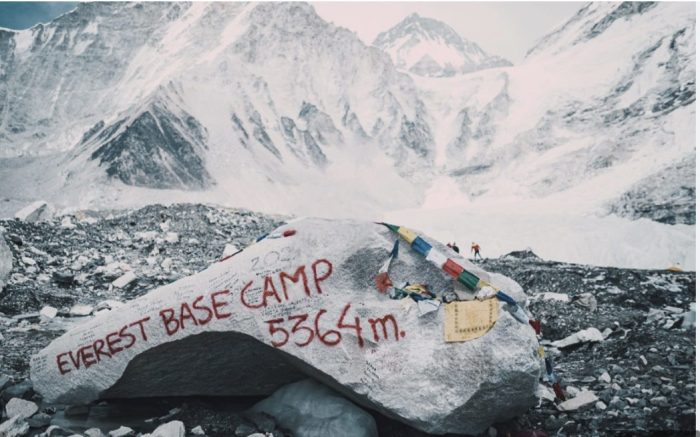
Morning hike to the magnificent viewpoint at 5545 m, Kala Patthar
The trail to Kala Patthar starts from Gorak Shep, a small settlement near Everest Base Camp. The initial part of the hike involves traversing rocky terrain as you ascend gradually towards the viewpoint.Pace yourself and take regular breaks to catch your breath and acclimatize to the high altitude. It’s essential to listen to your body and avoid overexertion, especially at high elevations.As you ascend Kala Patthar, the first light of dawn begins to paint the sky in hues of orange and pink, casting a warm glow over the surrounding peaks. The sight of the sun rising over Mount Everest is nothing short of magical and is sure to leave a lasting impression.
After reaching the summit of Kala Patthar, take a moment to soak in the breathtaking scenery and reflect on the enormity of the mountains before you. It’s a humbling experience that puts into perspective the sheer grandeur of the natural world.As you descend from Kala Patthar, express gratitude for the opportunity to witness such incredible beauty and for the physical and mental strength that enabled you to reach this lofty viewpoint.Upon returning to Gorak Shep, celebrate your achievement with a hearty meal and perhaps a cup of hot tea, relishing the sense of accomplishment that comes from conquering one of the highest points in the Everest region.
Conclusion
The best season for the commitment of Jiri to Everest Base Camp Trek can be considered from March to May and Mid of September to Mid of December when you will be observing the best views of mountainous peaks due to the clarity of the sky. The itinerary is designed in such a way to provide you everything a trekker wants from their journey from the beginning of their trip lasting to the last day. Nepal Holiday Treks & Tours are committed to providing you the
Professional guides with proper trekking equipment during the commencement of this trek by yourself.
Related Blogs
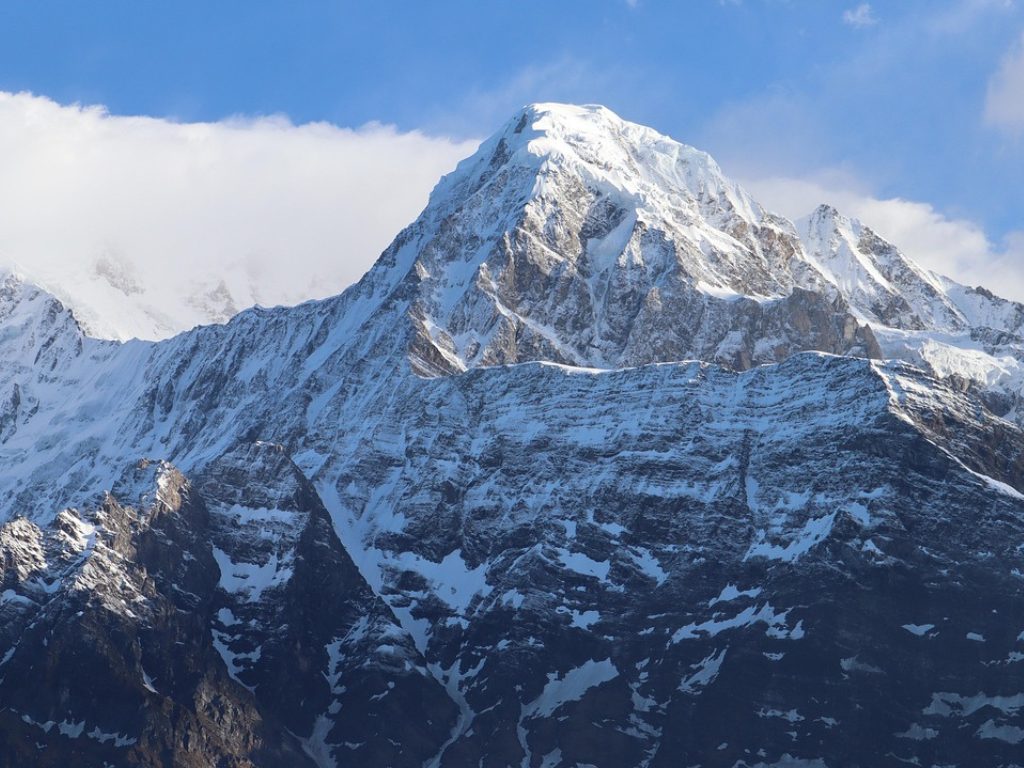
Trekking in Nepal | Is Nepal Safe for Trekking?
Overview of Is Nepal Safe for Trekking? Nestled in the lap of the Himalayas, Nepal is a dream destination for trekkers around the globe. With iconic routes like the Everest Base Camp, Annapurna Circuit, and hidden gems like the Tsum Valley or Mardi Himal, it’s no wonder that thousands arrive each year with hiking boots […]
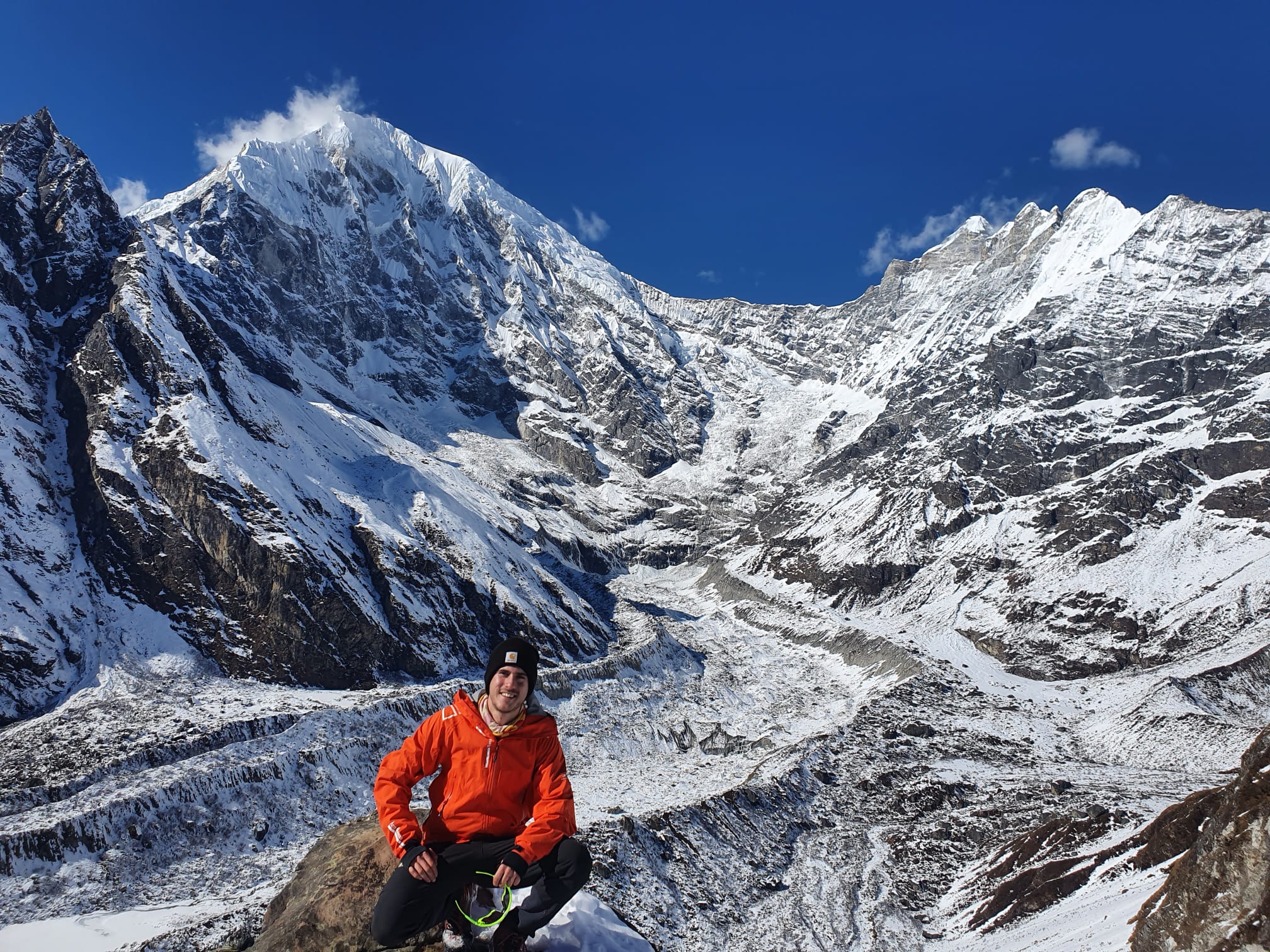
Why Do Smart Trekkers Choose Small Groups 2025 /2026 ?
Why smart trekkers choose small groups? When dreaming of that perfect trek – breathtaking views, serenity, a touch of adventure, and some bonding – do you imagine yourself with a crowd or with a few like-minded souls? The real trekkers will admit: for them, the best trekking happens in small groups. There are so many […]
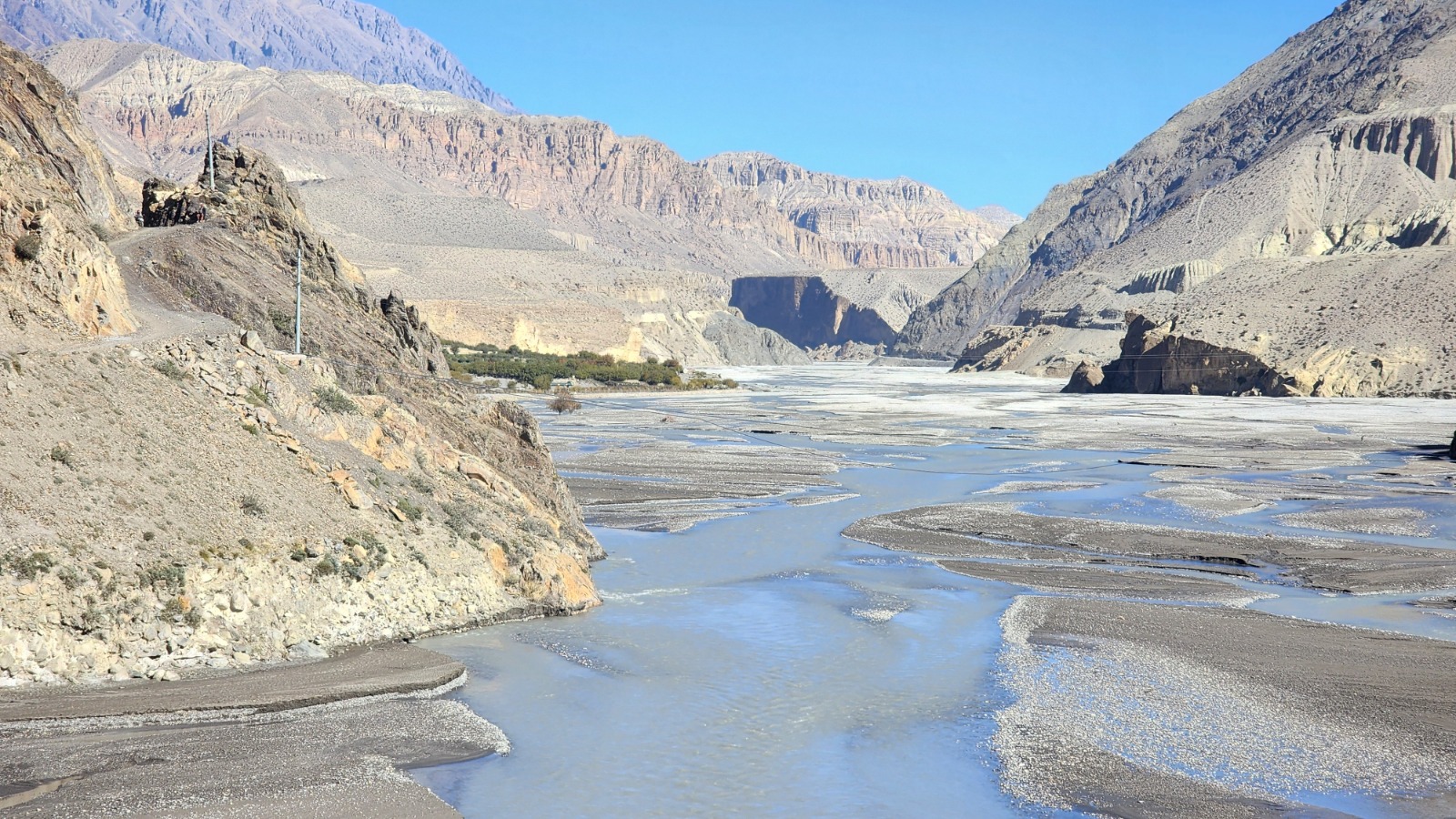
Mustang Travel Guide 2025 : What No One Tells You
A hidden treasure in Nepal for adventure travelers and cultural buffs, Mustang, or the Forbidden Land, lies in the rain shadow of the mighty Himalayas. The Mustang region has two different divisions: Upper Mustang and Lower Mustang with Lo Manthang, city, as the capital of the Mustang kingdom. Lower Mustang in Nepal includes the villages […]

